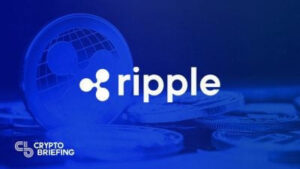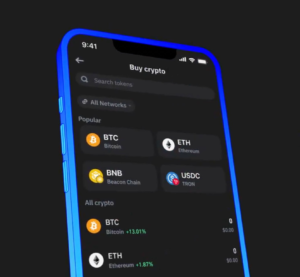Remember the buzz around DAOs in the last crypto cycle?
Decentralized autonomous organizations were supposed to revolutionize governance. Instead, countless projects misused the term, labeling themselves as DAOs without embodying the core principles of decentralization, autonomy or even functioning as an organization. As the hype grew, the definition became muddled, leaving many investors and enthusiasts with a skewed understanding of what DAOs truly represent.
We’re witnessing a similar trend with DePIN (decentralized physical infrastructure networks). The term has rapidly gained traction, with experts projecting the DePIN market to reach a $1 trillion valuation within the next decade.
Every day, new projects claim to be part of this transformative wave. But just as with DAOs, many of these projects are misappropriating the label and failing to deliver on the fundamental aspects of DePIN.
DePIN’s emergence and slow burn
DePIN didn’t emerge overnight. Its roots can be traced back to early decentralized networks like BitTorrent and the Tor network, which demonstrated the power of decentralized systems to distribute data and enhance privacy. These pioneering projects laid the groundwork for what we now recognize as DePIN.
Fast forward to today, and DePIN has evolved into a distinct vertical within the blockchain space.
Investors are taking note, pouring significant capital into ventures like decentralized wireless networks and storage solutions. For instance, Helium has over 3780,000 active hotspots deployed globally, while the Render Network leverages decentralized GPU power to transform 2D and 3D computer models into lifelike images. As of now, the Render Network has onboarded around 5,600 nodes and completed over 33 million frames rendered.
Call out: Your dapp probably isn’t DePin
To qualify as truly DePIN, the project must be in the business of providing physical infrastructure — and the network formed by that physical infrastructure must be governed purely by the consensus voting of the network’s hardware in a manner that incentivizes network operators for their participation.
These elements ensure the network operates without central control, utilizes physical assets and fairly rewards contributors.
But there are numerous projects claiming to be part of the DePIN ecosystem without meeting the essential criteria.
Some of these projects focus on providing off-chain computation or integrating AI services, which, while decentralized, do not involve the creation or management of physical infrastructure. Others within various blockchain ecosystems enhance decentralized computing or offer financial services, but lack the physical infrastructure component necessary for true DePIN projects.
Read more from our opinion section: Don’t give your life to Big Tech for free
The term DePIN has become a buzzword, and many projects are misusing it to attract attention, despite not adhering to the foundational principles of managing decentralized physical infrastructure. This misuse can mislead investors and stakeholders, diluting the term’s meaning and undermining the integrity of genuine DePIN initiatives. Clear definitions are essential to preserve the promise and potential of DePIN to revolutionize physical infrastructure management.
By understanding and recognizing the core principles that define true DePIN projects — direct linkage to physical infrastructure and governance purely by the consensus voting of the network’s hardware — we can better distinguish between innovative projects and those merely riding the hype wave.
Understanding what is and isn’t DePIN is vital for the industry’s health and growth.
DePIN has the potential to democratize access to essential infrastructure, reduce costs and enhance resilience by eliminating single points of failure. It can revolutionize how we interact with technology and resources, from energy grids to internet access.
The core vision of DePIN is to empower individuals and communities to create a more equitable and sustainable future. For this vision to be realized, we must maintain clarity and integrity in defining what constitutes a DePIN project.
If you’re building or investing in a DePIN project, ensure it meets the foundational criteria of decentralization, physical infrastructure and proper incentivization.
Let’s preserve the promise of DePIN and drive genuine innovation in decentralized infrastructure.
Frank has a diverse career that spans creative writing, day trading, and a 12-year stint in financial planning. After experimenting with blockchain and being an early adapter to the Solana ecosystem, Mathis co-founded GenesysGo in 2021 to create a faster, more reliable and more secure decentralized data storage protocol. Their flagship product, shdwDrive is built on Solana and aims to bridge the gap between blockchain technology and traditional business infrastructure. GenesysGo is powered by a new type of decentralized data storage consensus mechanism, built from the ground up by the GenesysGo team.
Read the full article here









